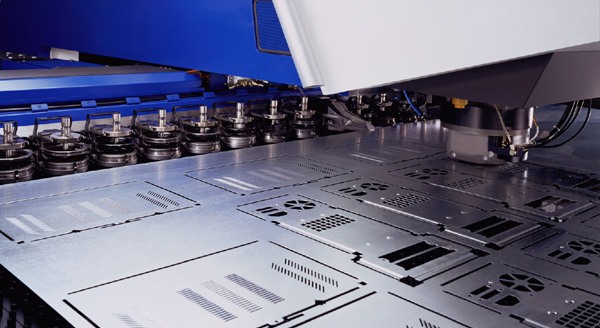Stamping is a process in which thin walled metal parts are shaped by punches and dies. The punches and dies are mounted on mechanical or hydraulic presses and they perform dual function during the stamping process i.e. shearing and bending. Mechanical presses utilize a flywheel to store the energy required for the stamping operation. The flywheel runs continuously and is engaged by a clutch only when a press stroke is needed.
The limitation of mechanical presses is the driving force varies with the length of the stroke. Hydraulic presses use pressurized oil acting against one or more pistons to drive the punch and die on the press. It is capable of providing full force of the hydraulically driven piston over the entire length of the stroke. The limitation being, hydraulic presses are slow compared to mechanical presses.
Most stamping operations are carried out on high-speed mechanical presses even though they are more expensive than hydraulic presses.
Stamping operation can be done stations using progressive dies at either a single die station or multiple die. Progressive dies is often used when the part contains closely spaced features or if they have bend angle greater than 90°. They can also reduce die wear and decrease the amount of spring back (thus improves geometric accuracy). The limitation of progressive die is they require multiple stations, which requires more space to accommodate additional presses.
